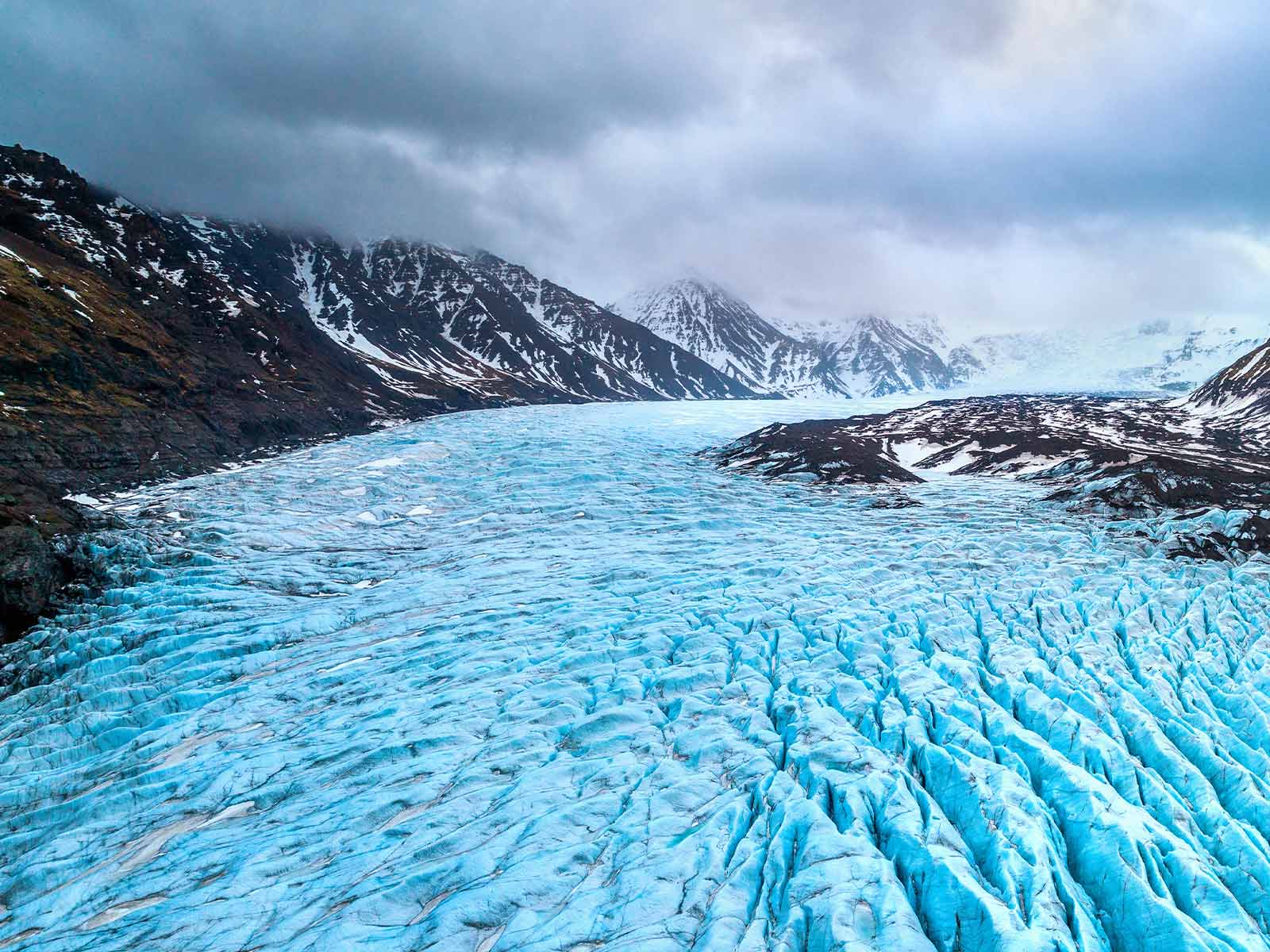Glaciers are huge, slow-moving rivers of ice. They form when more snow falls in a place than melts each year. The weight of the snow presses down on the layers below, turning them into ice. Glaciers are found in many parts of the world, including the Arctic, the Antarctic, and high mountains. They are very important to our planet.

Glaciers store a lot of fresh water, and they help to shape the landscape. The ice moves slowly downhill, like a very slow river. The average speed of a glacier is about 10 feet per day.
There are two main types of glaciers: alpine glaciers and continental glaciers. Alpine glaciers are found in mountains. They are relatively small and move quickly. Continental glaciers are found in the polar regions. They are much larger than alpine glaciers and move much more slowly. The largest glacier in the world is the Antarctic Ice Sheet. It covers about 98% of Antarctica. The second largest glacier is the Greenland Ice Sheet. It covers about 80% of Greenland.
Glaciers are used for many things. They provide fresh water for drinking, irrigation, and hydroelectric power. They also help to regulate the Earth’s climate. Glaciers reflect sunlight back into space, which helps to keep the Earth cool.
Glaciers are in danger due to climate change. The Earth’s climate is getting warmer, which is causing glaciers to melt at an alarming rate, faster than they can be replaced. If glaciers melt too much, they could cause flooding and other problems.
We can help glaciers by reducing our greenhouse gas emissions. Greenhouse gases trap heat in the atmosphere, which is causing the Earth’s climate to warm. We can reduce our greenhouse gas emissions by driving less, using less energy, and eating less meat.
Glaciers are amazing and important parts of our planet. We need to do everything we can to protect these ice giants.
